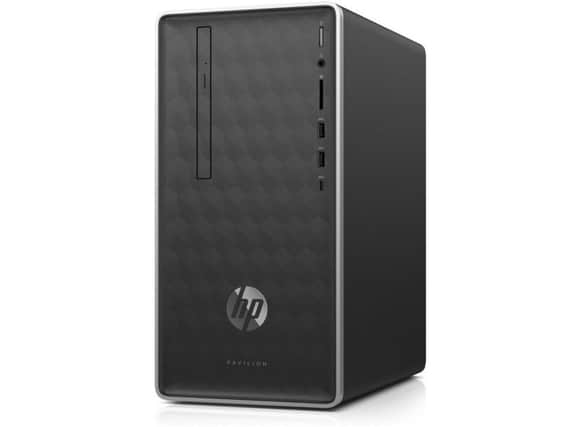Are desktop PCs really making a comeback?


After years of decline, sales of traditional computers recorded their biggest growth last year since 2011 – and although many of those sales will have been in bulk to office buyers, a decent proportion will have found their way on to the shelves in the high street.
The perceived need to upgrade to Windows 10 is said to have driven the revival, but therein lies a catch. The new operating system could be had for free when it was released, if you wanted to update an existing machine – but will now add £100 to the price of your new hardware. If doesn’t matter if you already have it on another of your computers; Microsoft charges a licence fee for each one.
Advertisement
Hide AdAdvertisement
Hide AdThat being the case, you can now expect to pay around £400 for a decent, all-purpose PC, not including the monitor. This will get you an AMD Ryzen 3 processor roughly equal to an Intel Core i5 but far cheaper, along with eight gigabytes of memory and a silent, solid state hard drive that will boot faster than a traditional mechanical one. You should also get a DVD recorder and a built-in wi-fi for your money.
That is really the minimum specification you should consider if you want your new machine to serve as a workhorse for years to come. Spend a little more and you can have a bigger hard drive and a separate graphics card that will make it more suitable for video manipulation and gaming.
The most popular brands last year were Lenovo, HP and Dell, all of whom sell the bulk of their stock to businesses. But it really doesn’t matter whose name is on the front of the box because the components inside will mostly be made by other firms. Intel and AMD are the only manufacturers of central processing units, and the memory modules and hard drives will generally be made by other third parties. The boxes themselves will be built to the same size and standard, so the only differences are cosmetic.
The influx of new PCs into offices also means that there will be more older ones on the second-hand market, and here is where the real bargain are now to be found.
Advertisement
Hide AdAdvertisement
Hide AdA small industry exists in Britain to clean and repurpose old PCs and then sell them online. The hardware won’t be bang up-to-date but you will get a clean copy of Windows 10 thrown in, and you can often choose a solid state hard disk option.
A refurbished version of that new £400 machine can be yours online for only £150. And if you choose one whose processor is another year older, they’ll throw in a monitor for around the same price.
But whether you buy new or used, don’t lose sight of why you want a new PC in the first place. If you have a specific purpose in mind – processing your digital photos faster, for instance – check the system requirements of the software you will be using against the specification of the machine.
In particular, look at whether your software recommends the use of one of those separate graphics cards – and if so, give the second-hand market a wide berth, because those ex-office machines were never built to accommodate one. Even if there is space inside, you will have to upgrade the cooling fan to prevent overheating, and that’s on top of the £100 or so for the card itself.
Advertisement
Hide AdAdvertisement
Hide AdFinally, don’t feel you have to upgrade from Windows 7. The discontinuation of official support for it the other week is of concern to IT departments more than individuals; it doesn’t mean it will stop working.